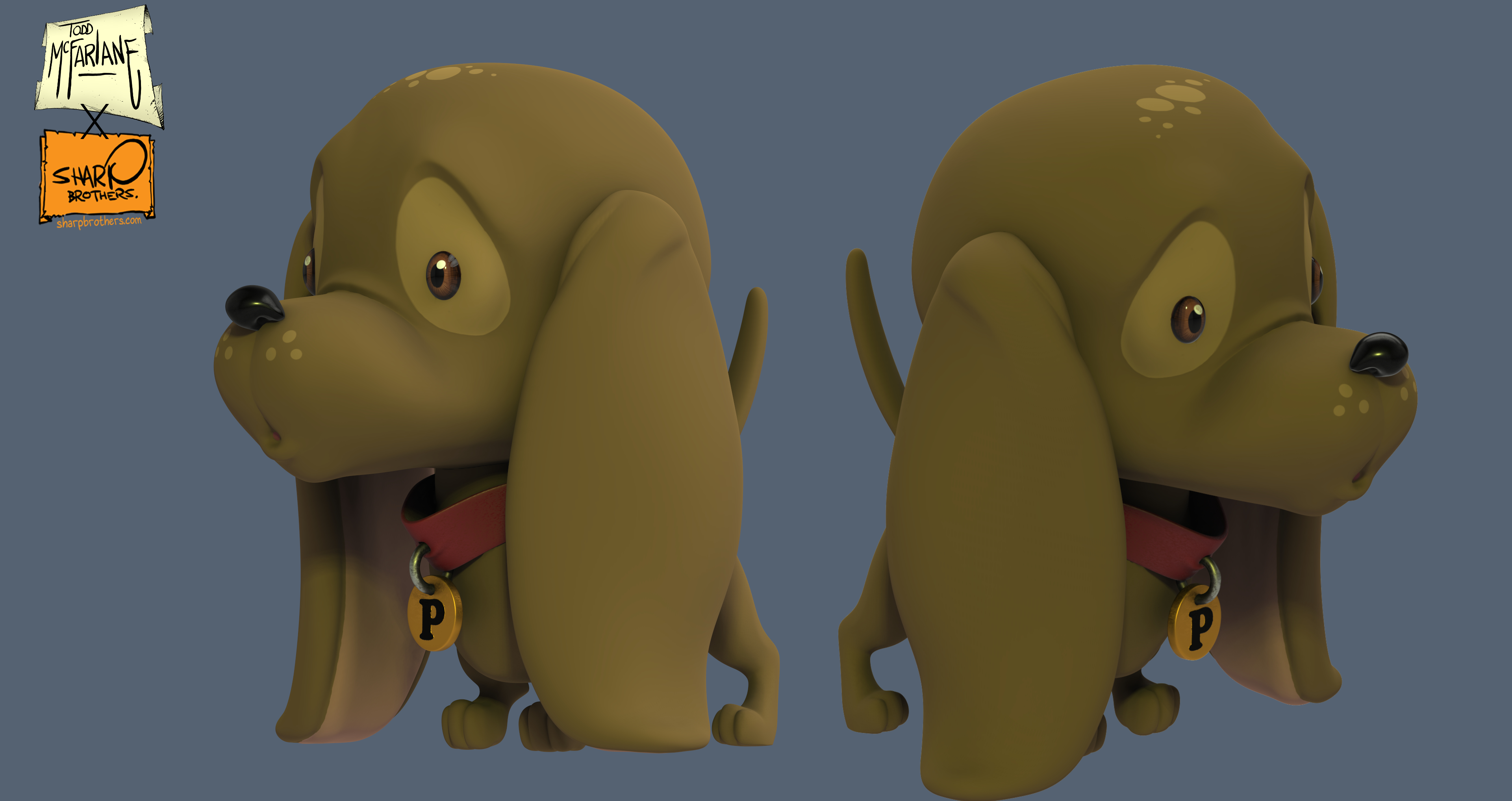

Save the BPR passes as PSD files from the BPR Renderpass palette and drop them into Photoshop as individual layers. Other passes such as AO might be helpful but they’re not essential. You can render as many passes as you need for the compositing but there are a few which are essential: a Colour or beauty pass, a Shadow pass, ZDepth, Alpha and any light passes. The most important step before you start your renders is to set the document size and save your camera angle (from Document> Zapplink properties). Once you are happy with the wolf model (and the fur), you can choose a camera angle to start the rendering process. ZBrush Tutorial Step 01 - Identify the wolf’s features FiberMesh is an essential feature for the creation of the wolf’s fur, so we’ll spend some extra time during this stage of the process in order to get it right. The majority of this tutorial will be done in ZBrush, but we’ll use Photoshop for compositing the various render passes. We’ll try to keep these key elements in mind during the sculpting and grooming stages, so that each part contributes to the final image. There are a few important elements in the composition such as the pose, expression and camera position. The creation process will start with the understanding of a few key points of the wolf’s anatomy, so that we can exaggerate them in order to make the illustration more interesting. The approach will be methodical and we’ll try to sculpt the 3D elements with the end goal in mind, to save time and optimise resources.

With each step of the following ZBrush tutorial, we’ll take a look at the various processes involved in the creation of the Alpha wolf illustration. ZBrush Photoshop LEARN HOW TO USE POLYPAINT AND GROOM AND OPTIMISE FUR This ZBrush tutorial was written by the amazing Pablo Muñoz Gómez and appeared in issue 104 of 3D Artist ZBRUSH TUTORIAL: MASTER HAIR AND FUR… by… SUN AND SKY ANIMATION STUDIO


 0 kommentar(er)
0 kommentar(er)
